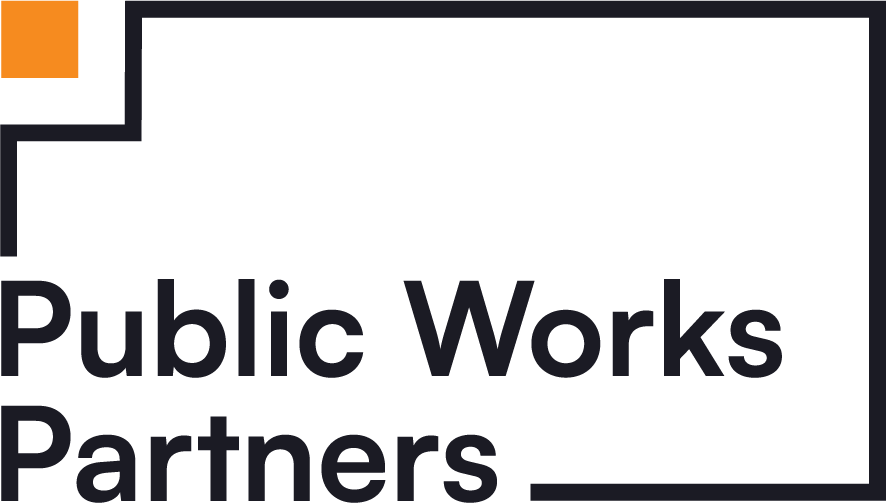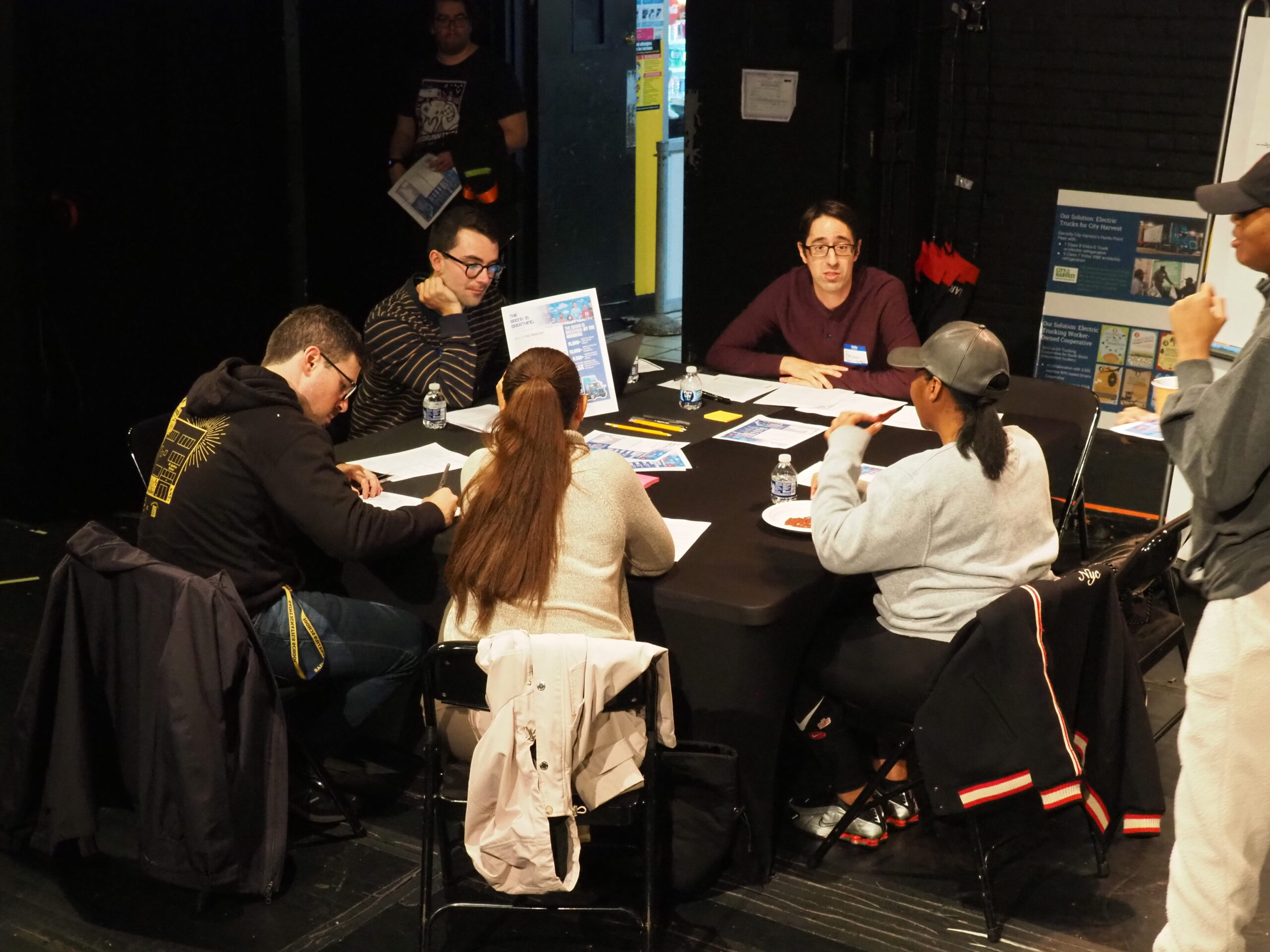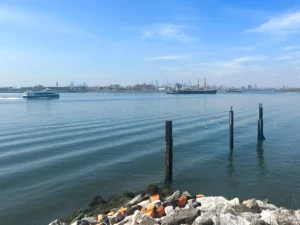We’re in an era where economic uncertainty is no longer a cyclical disruption—it’s a standing variable. Whether you’re a city government, nonprofit coalition, or private developer, the question isn’t if your projects will face economic headwinds, but when. That’s why now, more than ever, we need to recession-proof the way we plan, and that starts with a hard-nosed look at the return on investment (ROI) of stakeholder engagement.
Stakeholder engagement is often viewed as the “soft” side of planning. It gets shoehorned into the timeline when the funding is secured, the maps are drawn, and the launch press release is already drafted. But treating engagement as an afterthought—or worse, a checkbox—leaves projects exposed to the very risks that economic downturns amplify: misalignment, misinformation, and missed opportunities.
Here’s the reality: when done right, stakeholder engagement is a cost-saving, risk-mitigating, and value-generating engine. It delivers ROI not just in goodwill, but in real-world results. We’ve seen it first-hand.
Engagement as Strategic Insurance
In our work with counties redesigning transit systems, regional economic partnerships reimagining downtown cores, and climate coalitions shaping adaptation strategies, we’ve found a simple truth: early, authentic, and ongoing stakeholder engagement saves money. It prevents costly course corrections, delays due to public backlash, and rework triggered by siloed planning.
Take, for example, Suffolk County, New York. We helped lead the stakeholder engagement process for a full redesign of its bus transit network. The result? Widespread community buy-in before any routes changed, a clear mandate for decision-makers, and a public that felt seen rather than surprised. That’s not just good planning—it’s recession-proofing.
ROI in Three Dimensions
Let’s break down the ROI of engagement into three categories:
- Reduced risk exposure: Engagement surfaces hidden issues early, from under-the-radar political dynamics to infrastructure misalignments. Every issue caught in Phase 0 is a crisis avoided in Phase 3.
- Resource optimization: Collaborative input refines scope. You stop spending resources where they’re not wanted and start reallocating toward shared priorities. That’s efficiency with community backing.
- Resilience through trust: In downturns, trust becomes currency. Stakeholder-informed plans are more likely to be defended, adapted, and even accelerated when budgets tighten and timelines stretch.
Recommendations for Recession-Proof Planning
So how do you build engagement into your planning practice, not just as a tactic, but as a strategy? Here’s what we recommend:
- Budget for engagement, like its infrastructure: Engagement shouldn’t be the first line cut when costs rise. Bake it into project lifecycles as you would engineering or legal reviews.
- Front-load the feedback: Don’t wait until a concept is fully baked to bring it to the public. Co-design, and validate assumptions before investing in design or policy development.
- Map your stakeholders—and your skeptics: Know who your allies are, but more importantly, identify who might slow your project down. Create channels for productive dissent early on.
- Quantify your engagement wins: Track how engagement inputs influence cost savings, timeline adherence, or risk mitigation. Build a case for engagement with data, not just anecdotes.
- Train your planners to listen: Engagement isn’t just a communications function. Project leads, technical consultants, and finance teams should all understand how to hear and translate stakeholder input into decision-making.
Bottom Line
We can’t afford to plan like it’s 2019. Projects built on alignment, trust, and adaptability will survive and thrive in a leaner, meaner economy. Stakeholder engagement isn’t a luxury, it’s a line of defense and a lever for smarter delivery.
When the next economic storm hits, plans grounded in community voice will hold. And that’s an ROI worth betting on.
Not, sure? Let’s talk.





